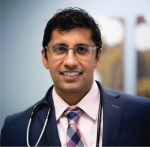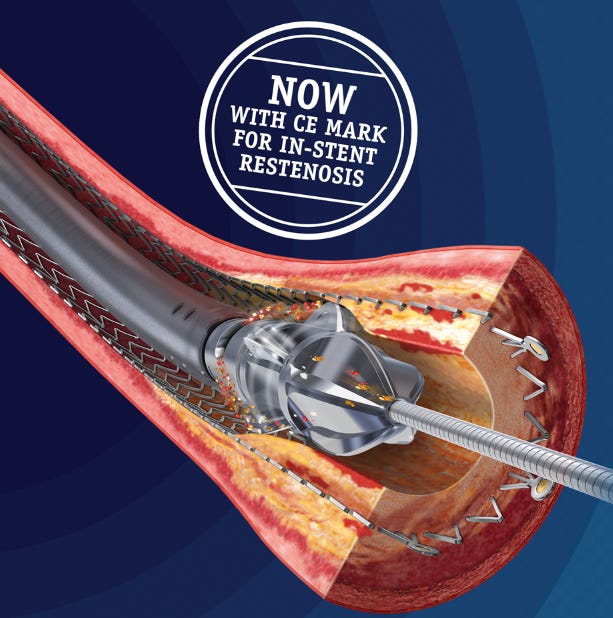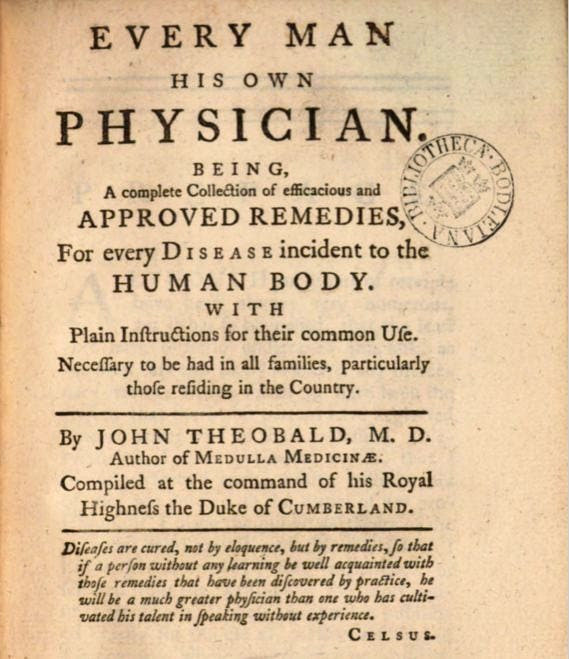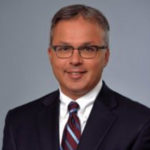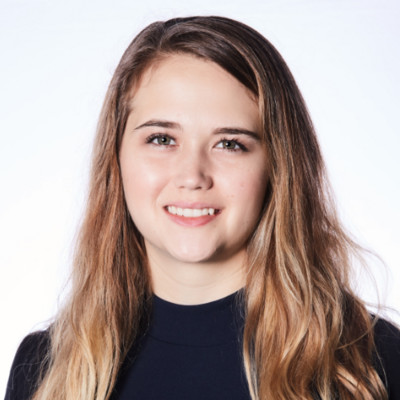
By CAITLYN EDWARDS
Obesity treatment is often framed as a race to the bottom — how much weight can someone lose? Five percent? Ten percent? And with recent scientific advancements in anti-obesity medications such as GLP-1s, what about even 15-20%?
Obesity treatment, though, isn’t just about the number on the scale. It’s about moving the needle on biomarkers that really matter to overall health. Seven out of the top ten leading causes of death and disability in the United States today are chronic diseases that have links to overweight and obesity. The metabolic benefits of just 5% weight loss can be life-changing for many people with obesity-related comorbidities. This means that for organizations looking to treat their chronic conditions, obesity care shouldn’t be all about striving for the lowest possible weight.
Indeed, consensus and practice statements from groups including the American Heart Association, the American College of Cardiology, the American Diabetes Association, and The Obesity Society, support weight loss programs that achieve clinically significant weight loss outcomes, defined as greater than or equal to 5% of an individual’s baseline body weight. This number is derived from decades of research demonstrating that even modest weight loss has impacts on physiological health including type 2 diabetes, dyslipidemia, hypertension, and many kinds of cancer.
People who attain just 5% weight loss see the following health improvements:
- Reductions in systolic and diastolic blood pressure
- Risk reductions of developing type 2 diabetes by almost 60%
- Reductions in HbA1c and fasting blood glucose levels
- Greater insulin sensitivity
- Decreased need for newly prescribed diabetes, hypertension, and lipid-lowering medications
Understanding that obesity outcomes include more than just the number on the scale, how can benefit managers and health plan leaders measure success? Here are some things organizations should look for when evaluating an obesity management solution:
N-size of outcomes
While a high weight loss average may sound impressive, it doesn’t tell the whole story. A better measure might be the number of people in a program able to achieve greater than 5% weight loss. The fact is that weight loss averages are easily skewed by outliers. An exceptionally high average may not be representative of what is actually taking place at the individual level. What matters is that a large percentage of people in the program are able to see clinically significant results.
Emphasis on behavior change
Another way to measure the success of an obesity management solution is by the sustainability of its outcomes — primarily through adopting healthier behaviors. Intensive behavioral therapy is crucial to obesity treatment and can reduce the risk of type 2 diabetes. Support from expert dietitians and coaches can help promote a healthy relationship with food for optimal weight loss.
Through medical nutrition therapy, dietitians create personalized calorie and macronutrient goals to foster weight loss in a healthy, sustainable way. Also, self-directed cognitive behavioral therapy can help people become more aware of underlying thoughts and behavior patterns around food.
Step therapy approach to treatment
Some obesity management solutions avoid medications entirely while others rely solely on expensive GLP-1s. But both of those methods fall short of providing the best care to the most people at the lowest cost possible.
The best obesity management solutions take a clinically rigorous step-therapy approach to treatment. This way, they carefully manage access to expensive anti-obesity medications while achieving meaningful outcomes. Many of their members will achieve clinically significant weight loss through behavior change alone. Some may need a boost from lower-intensity, lower-cost anti-obesity medications to reach their goals. Others, with severe obesity or multiple cardio-metabolic conditions, may require higher-intensity anti-obesity medications like GLP-1s. Treatment levels can be safely tried in succession with needs and costs in mind.
It’s likely only 5-10% of a given population would end up using GLP-1s with this step-therapy approach, while the majority of people would still get clinically meaningful results without such intensive treatment.
Address SDOH to personalize care
One-size-fits-all solutions — like those that insist on a highly restrictive diet — miss the mark on health equity. Not everyone can afford expensive meat-heavy diets and they don’t always line up with people’s cultural preferences. Similarly, a program that simply doles out GLP-1s without helping people manage side effects doesn’t work and will only drain budgets.
The key to unlock improved outcomes is by helping people address SDOH challenges like food insecurity, language barriers, cultural factors, physical environment, and more. A good obesity solution should expand access to bilingual registered dietitians who are trained in dietary considerations and eating patterns for many different cultures and ethnic groups. They can help folks plan meals around limited budgets and specific dietary needs.
Conclusion
Organizations have much to consider when evaluating obesity solutions for their population. It’s easy to be swayed by simple metrics that seem indisputable. But, in the end, outcomes like 5% weight loss and reductions in HbA1c for the majority of an eligible population are what counts. Sustainable outcomes rely on real behavior change, a careful step-therapy approach to medication, and personalized care when it comes to social determinants of health.
Caitlyn Edwards, PhD, RDN, is a Senior Clinical Research Specialist at Vida Health



